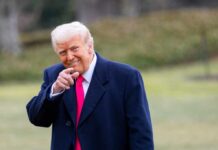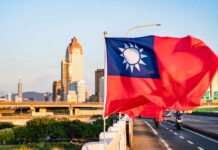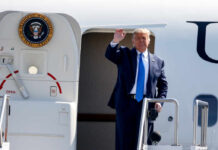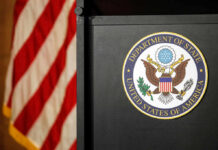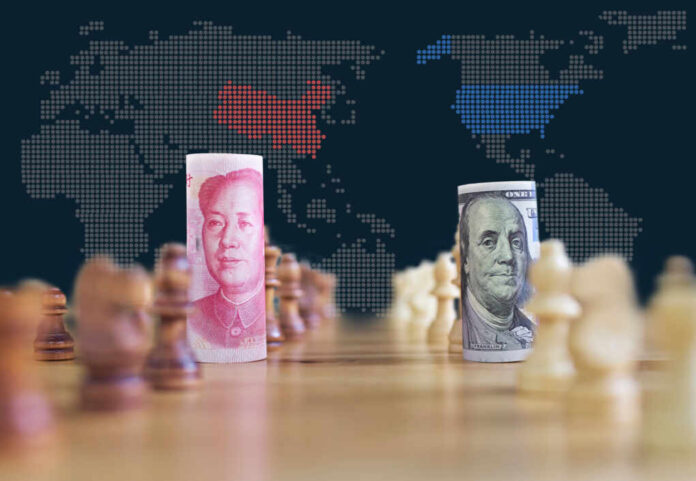
China has quietly removed tariffs on $40 billion worth of American goods, signaling a possible tactical retreat in the ongoing trade war with the United States.
At a Glance
- China has exempted approximately $40 billion worth of US goods from tariffs
- The exemptions cover about 24% of China’s imports from the US last year
- Over 130 items including pharmaceuticals and industrial chemicals are now tariff-free
- China is “evaluating” US offers to hold talks while warning against coercion
- Treasury Secretary Scott Bessent sees this as the first step toward a larger trade deal
China’s Strategic Tariff Exemptions
China has announced the removal of tariffs on approximately $40 billion worth of US goods, representing nearly a quarter of its imports from America last year. The decision includes over 130 products, primarily focusing on pharmaceuticals and industrial chemicals that are crucial to China’s manufacturing sector.
This move comes amid escalating trade tensions following President Trump’s implementation of increased tariffs on Chinese imports, a cornerstone of his America First economic agenda that appears to be yielding results.
The timing of these exemptions is particularly notable as they occur when China faces significant economic challenges at home. By removing these tariffs, Beijing appears to be making a calculated decision to protect its domestic economy from further strain while potentially opening the door to broader negotiations with the United States. The exemptions represent the largest concession China has made in the ongoing trade dispute since it began several years ago.
Diplomatic Signals and Negotiation Prospects
While implementing these substantial tariff exemptions, China’s official stance remains carefully measured. The Chinese Commerce Ministry has acknowledged receiving communication from the United States about potential talks, but maintains a position of strength in its public messaging. Beijing has made it clear that while it is open to discussions, it will not respond to what it perceives as pressure tactics.
In the same official statement, the Chinese ministry warned that “attempting to use talks as a pretext to engage in coercion and extortion would not work.” This dual messaging suggests that while China is taking concrete steps toward de-escalation, it is carefully managing perceptions to avoid appearing weak to its domestic audience or international observers. The $40 billion exemption represents approximately 24% of China’s imports from the United States last year.
Economic Implications and Future Outlook
Treasury Secretary Scott Bessent has expressed optimism about the development, viewing it as part of a larger diplomatic process. The exemptions are seen by many analysts as validation of President Trump’s tough stance on trade with China, suggesting that the increased tariffs are having their intended effect of bringing Beijing to the negotiating table. For American businesses, especially those in the pharmaceutical and chemical sectors, this represents a significant opportunity to regain market access.
The tariff exemptions come at a critical time for both nations. For China, economic challenges including high youth unemployment, a troubled property sector, and declining consumer confidence make trade wars particularly costly. For the United States, securing more favorable trade terms with China has been a long-standing goal across administrations. The current development suggests that a phased approach to resolving trade disputes may be emerging, potentially leading to more comprehensive agreements that address longstanding concerns about market access, intellectual property protection, and the trade imbalance.









